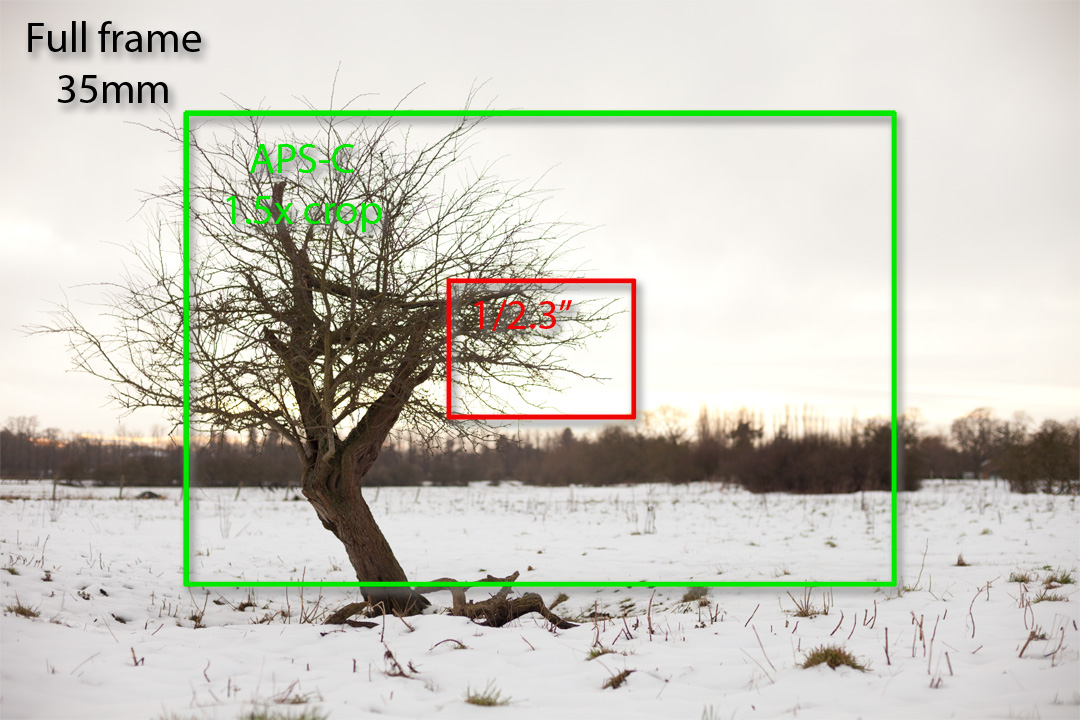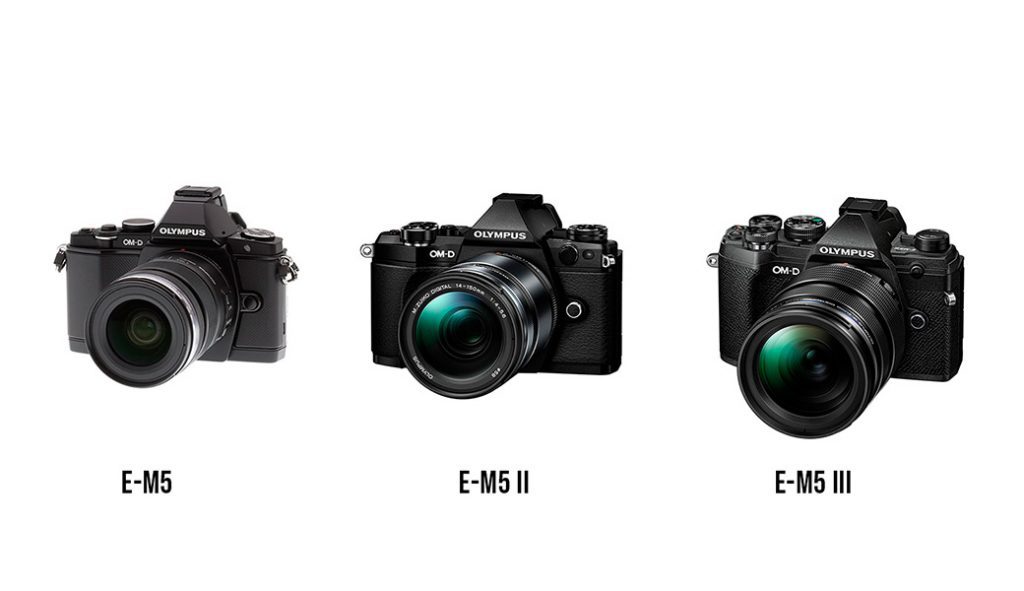

Olympus and Panasonic as the main drivers of this lens mount issued a bunch of new zoom and fast prime lenses like the Olympus M.Zuikos 12mm, 17mm, 45mm and 75mm.
Full frame vs micro 4 3 full#
Micro Four Thirds Gets MatureĪt the same time of this recently rising Full Frame development the Four Thirds or in particular the Micro Four Thirds standard has made big leaps forward. Sony has shown with it's new DSC-RX1 how compact and yet powerful a Full Frame mirrorless camera can be. Maybe the time for the current DSLR concept with a mirror and pentaprism is coming to an end and smaller mirrorless systems will prevail. However, that being said, we don't know how the development in DSLR technology might progress. Some day they might even reach a level that attracts photography beginners. The future will tell if this new trend towards larger sensor sizes will hold on and if prices for Full Frame camera bodies will drop further. Now the price gap between semi-professional APSC and Full Frame cameras is much less significant and will likely boost sales of the latter. A while ago Full Frame sensors we're out of reach for most amateurs. With body street prices of about $2,000 and under Canikon want to push their Full Frame ranges and make it more attractive for the non professional consumers. With the recently introduced new Full Frame camera bodies like the Canon EOS 6D and Nikon's D600 the Full Frame camera landscape changed quite a lot and made this sensor format much more affordable for photography enthusiasts and amateurs. I just want to share some thoughts about my recent observations in the digital camera space. There is a lot more to say about this topic and I am not an expert in this field. Please note that this article is based solely on my personal experience and opinion. Opinions concerning the overall branding of Absolutely a seasoned recruiter if ever desired in the whole OTH locale. Timeout! Needing to positively enhance the bland design with my business. Furthermore, I want to summarize the major differences of the two formats and why we may want both of them. I want to discuss the current digital camera market situation and how it has changed over the past 12 months. More and more people seem to swap from their big and chunky DSLR gear towards the much more compact Micro Four Thirds system dominated by Olympus and Panasonic. The relatively small Four Thirds sensor format experienced a big hype not only since Olympus published it's best seller OM-D E-M5 in early 2012.

You can read a lot about this across the Internet. In this article I want to talk about the controversial debate about Full Frame versus Micro Four Thirds format.


 0 kommentar(er)
0 kommentar(er)
